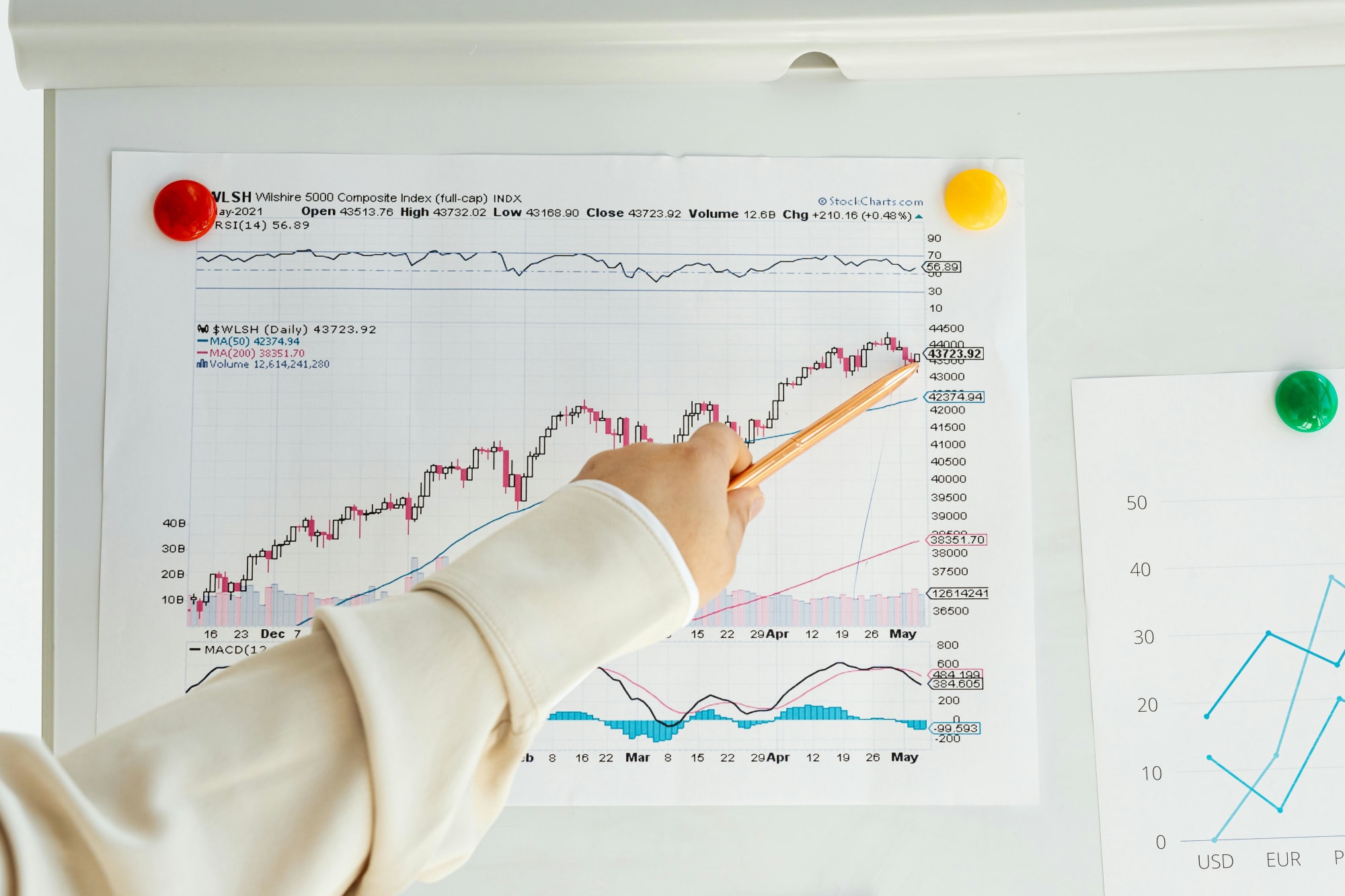Invest
Does the central bank favour the rich?
Current monetary policy strategies, including slashing cash rates and quantitative easing, are inflating asset prices and creating a greater inequality gap, an industry expert has said.
Does the central bank favour the rich?
Current monetary policy strategies, including slashing cash rates and quantitative easing, are inflating asset prices and creating a greater inequality gap, an industry expert has said.

Monetary policies, including QE, work via central banks creating money to buy government bonds from banks. It is hoped that the banks will then lend this cash to the real economy.
As the central bank buys government bonds, demand increases and the price of these securities goes up. Subsequently the yield, or interest rate, on government bonds falls, slashing borrowing costs for households, businesses and the government.
During a recent Fidelity International media briefing, cross asset investment specialist Anthony Doyle told viewers how central banks through QE are simply raising the price of assets.
“One thing we do know is low interest rates and unconventional monetary policy tend to inflate financial assets and generally increase income inequality,” Mr Doyle said.

He noted those who have assets generally do well in this type of environment because the policy is designed to lift asset prices, which creates a bigger gap between the rich and poor.
“And if you think about the sectors and the types of workers that have been most impacted by the current crisis in terms of the lockdown measures that have been undertaken, it tends to be lower-skilled workers on lower incomes,” the analyst continued.
“Because the unemployment rate has risen, there is a lot of spare capacity in the economy, so they don’t necessarily get the wage increases to compensate for rising inflation either.”
“With this in mind, you see the increase in polarisation to the left and the right of politics.”
However, while explaining that economists are unaware of the real-world implications for such policies on the economy long-term, he notes central banks believe they need to act.
“Bear in mind central banks will articulate the reason they are undertaking these actions is because the counterfactual is so bad. If they didn’t do this, you’d have labour markets and unemployment rates much higher than they are,” Mr Doyle said.
The analyst also believes the independence of central banks and government action is likely to diminish, with the two working hand-in-hand to grow the economy.
“The RBA is making it clear that by buying government bonds at the three-year maturity and by having a set target in terms of the yield curve control, it isn’t monetary finance of the budget.
“For me, it isn’t direct finance of the budget, but it is indirect finance of the budget. They are saying we are keeping yields low so you can borrow and you should be borrowing to fill this gap that has been left by private investment and the private sector not going about its normal business because of the shutdowns you’ve enforced,” Mr Doyle noted.
The analyst came out in support of the government supporting the economy, noting they should fill the hole and borrow money at a record-low rate.
“I think you’re seeing this explicitly from Philip Lowe saying the government, states and territories have ready access to capital markets, they can borrow at historic low rates of interest, and public debt is entirely manageable and affordable.
“With this in mind, the RBA and the bond market, these low yields are a gift to governments. They should be borrowing, they should be expanding fiscally in order to support the Australian economy.”
“In terms of central bank independence, I think monetary and fiscal policy will work closer together in Australia and abroad,” Mr Doyle concluded.
About the author

About the author


Economy
Navigating the inflation maze: How CFOs can outsmart economic hurdles in Australia
Fresh inflation data have cooled expectations of near-term rate cuts in Australia, intensifying pressure on margins, capital allocation and demand. Rather than wait for monetary relief that may not ...Read more

Economy
Inflation concerns rise as Australia's CPI climbs to 3.8% in October
Australia's latest Consumer Price Index (CPI) figures have sent ripples through the economy, with headline inflation accelerating to 3.8% year-on-year in October, up from 3.6% in September. The data, ...Read more

Economy
October CPI results pose challenges for RBA’s monetary policy stance
In a surprising turn of events, the October Consumer Price Index (CPI) data has raised eyebrows among economists and market strategists, revealing stronger-than-expected inflationary pressures in ...Read more

Economy
Global deal activity declines by 6% amid economic uncertainty, reports GlobalData
In a year characterised by economic turbulence and evolving market conditions, global deal activity has witnessed a notable downturn during the first ten months of 2025. According to GlobalData, a ...Read more

Economy
Australia’s softening labour market puts another RBA cut in play — here’s what business should do now
A four-year high in unemployment has revived expectations the Reserve Bank could deliver another rate cut as soon as November. With quarterly GDP growth running at 0.6 per cent and annual growth at ...Read more

Economy
Rising CPI reinforces RBA’s stance as rate cut expectations remain: State Street
State Street Global Advisors says the Reserve Bank of Australia (RBA) is likely to hold its current policy outlook following the release of September quarter inflation data, which showed an unexpected ...Read more

Economy
NSW SES boosts tsunami preparedness ahead of World Tsunami Awareness Day
As World Tsunami Awareness Day approaches on 5 November, the New South Wales State Emergency Service (NSW SES) is ramping up efforts to enhance tsunami preparedness along the east coastRead more

Economy
Lifesaving Regional Response Strengthened with New NSW SES Vehicles
In a significant boost to regional emergency services, the NSW State Emergency Service (SES) has unveiled 11 new Community First Response (CFR) vehicles, designed to enhance the speed and safety of ...Read more

Economy
Navigating the inflation maze: How CFOs can outsmart economic hurdles in Australia
Fresh inflation data have cooled expectations of near-term rate cuts in Australia, intensifying pressure on margins, capital allocation and demand. Rather than wait for monetary relief that may not ...Read more

Economy
Inflation concerns rise as Australia's CPI climbs to 3.8% in October
Australia's latest Consumer Price Index (CPI) figures have sent ripples through the economy, with headline inflation accelerating to 3.8% year-on-year in October, up from 3.6% in September. The data, ...Read more

Economy
October CPI results pose challenges for RBA’s monetary policy stance
In a surprising turn of events, the October Consumer Price Index (CPI) data has raised eyebrows among economists and market strategists, revealing stronger-than-expected inflationary pressures in ...Read more

Economy
Global deal activity declines by 6% amid economic uncertainty, reports GlobalData
In a year characterised by economic turbulence and evolving market conditions, global deal activity has witnessed a notable downturn during the first ten months of 2025. According to GlobalData, a ...Read more

Economy
Australia’s softening labour market puts another RBA cut in play — here’s what business should do now
A four-year high in unemployment has revived expectations the Reserve Bank could deliver another rate cut as soon as November. With quarterly GDP growth running at 0.6 per cent and annual growth at ...Read more

Economy
Rising CPI reinforces RBA’s stance as rate cut expectations remain: State Street
State Street Global Advisors says the Reserve Bank of Australia (RBA) is likely to hold its current policy outlook following the release of September quarter inflation data, which showed an unexpected ...Read more

Economy
NSW SES boosts tsunami preparedness ahead of World Tsunami Awareness Day
As World Tsunami Awareness Day approaches on 5 November, the New South Wales State Emergency Service (NSW SES) is ramping up efforts to enhance tsunami preparedness along the east coastRead more

Economy
Lifesaving Regional Response Strengthened with New NSW SES Vehicles
In a significant boost to regional emergency services, the NSW State Emergency Service (SES) has unveiled 11 new Community First Response (CFR) vehicles, designed to enhance the speed and safety of ...Read more








